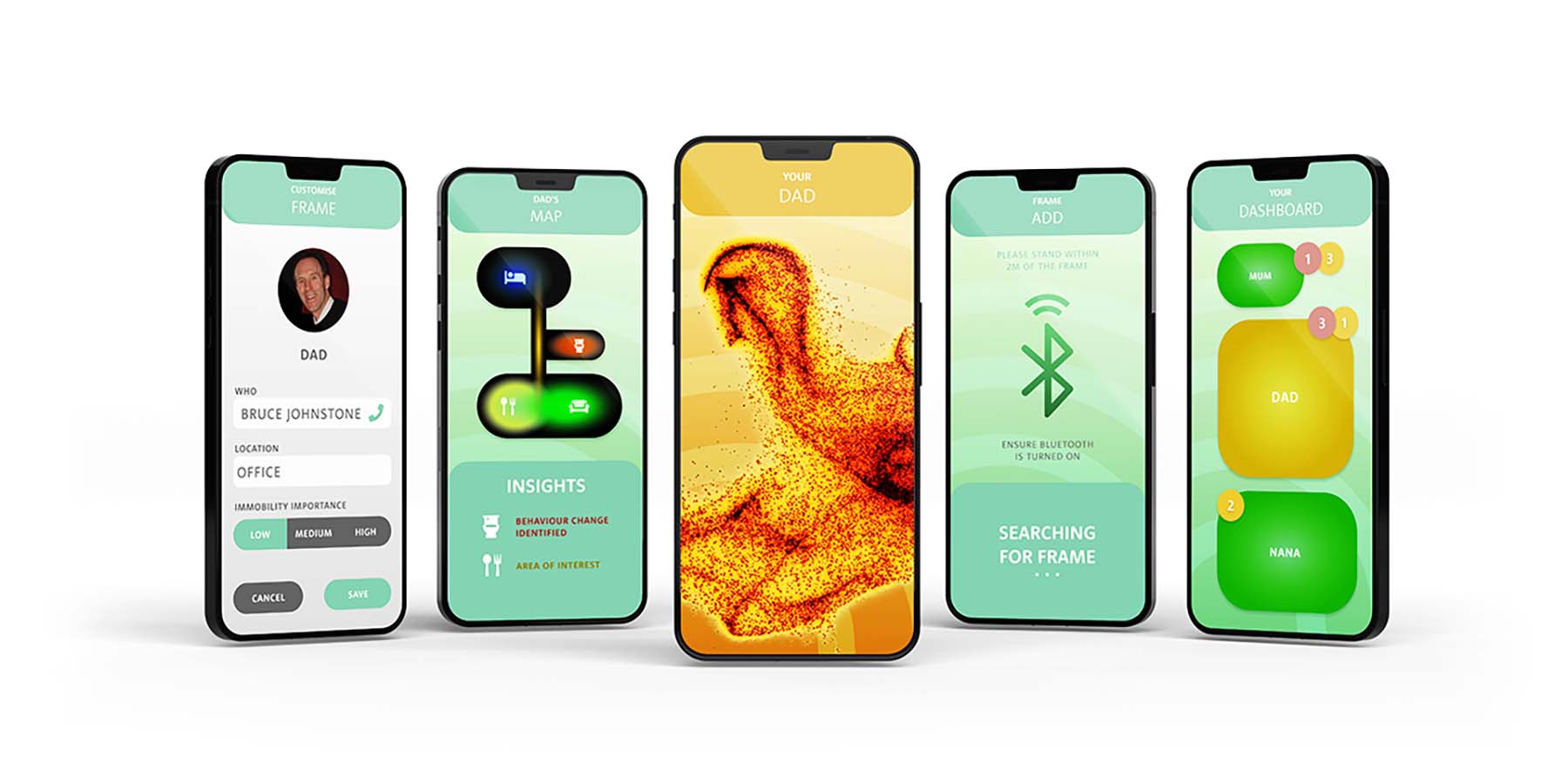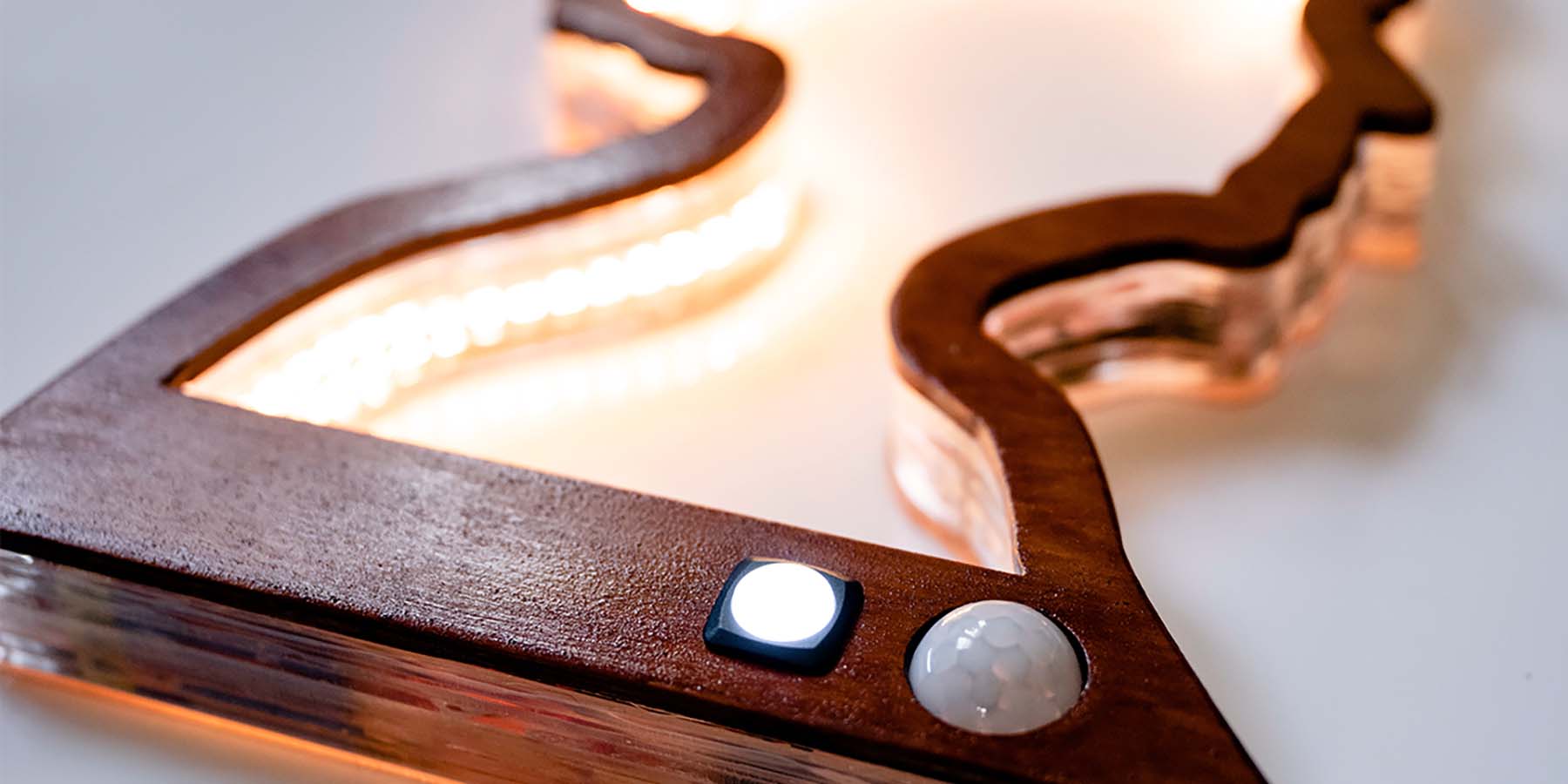A human-centred design methodology guided the design project, with the outcome seeking to empower elderly individuals to demonstrate their personal agency through strengthening social connections and making informed decisions regarding lifestyle practices. To achieve this, a rigorous design process was engaged, aligning with the British Design Council's "Double Diamond" design framework.
The discovery phase involved an extensive range of research activities, including a literature review, dairy study, behavioural mapping, contextual inquiry, exploratory research and precedent analysis. These efforts sought to understand and appreciate the experience of ageing within Australia. Moving into the define phase, a SWOT analysis, a stakeholder map, analogous inspiration, low fidelity prototyping, a problem & opportunity statement, scenario descriptive swimlanes and a research proposal was employed to identify innovative and empowering design directions.
During the development phase, the focus shifted to generating potential design solutions that addressed the design brief. This phase involved creating product design specifications, benchmarking existing products and services, employing Wizard of Oz prototyping for evaluating user interactions, conducting desirability testing and user surveys, constructing personas to represent target user groups, performing value opportunity and Kano analyses, and showcasing the project through a workshop exhibition to gather feedback from the general population.
In the final phase, computer-aided design (CAD) modelling techniques were utilised to create a detailed representation of the product. High-fidelity prototyping, incorporating accessible technology, was employed to develop a working model that closely resembles a marketable product. Acceptability testing and interviews were conducted to assess user satisfaction and refine the solution further. Ultimately, the result was a comprehensive system and product design solution that effectively supports Australians' experiences of ageing in place through engagement with creative media to facilitate meaningful communication and challenge the stigma shown towards the natural human processes of ageing.







